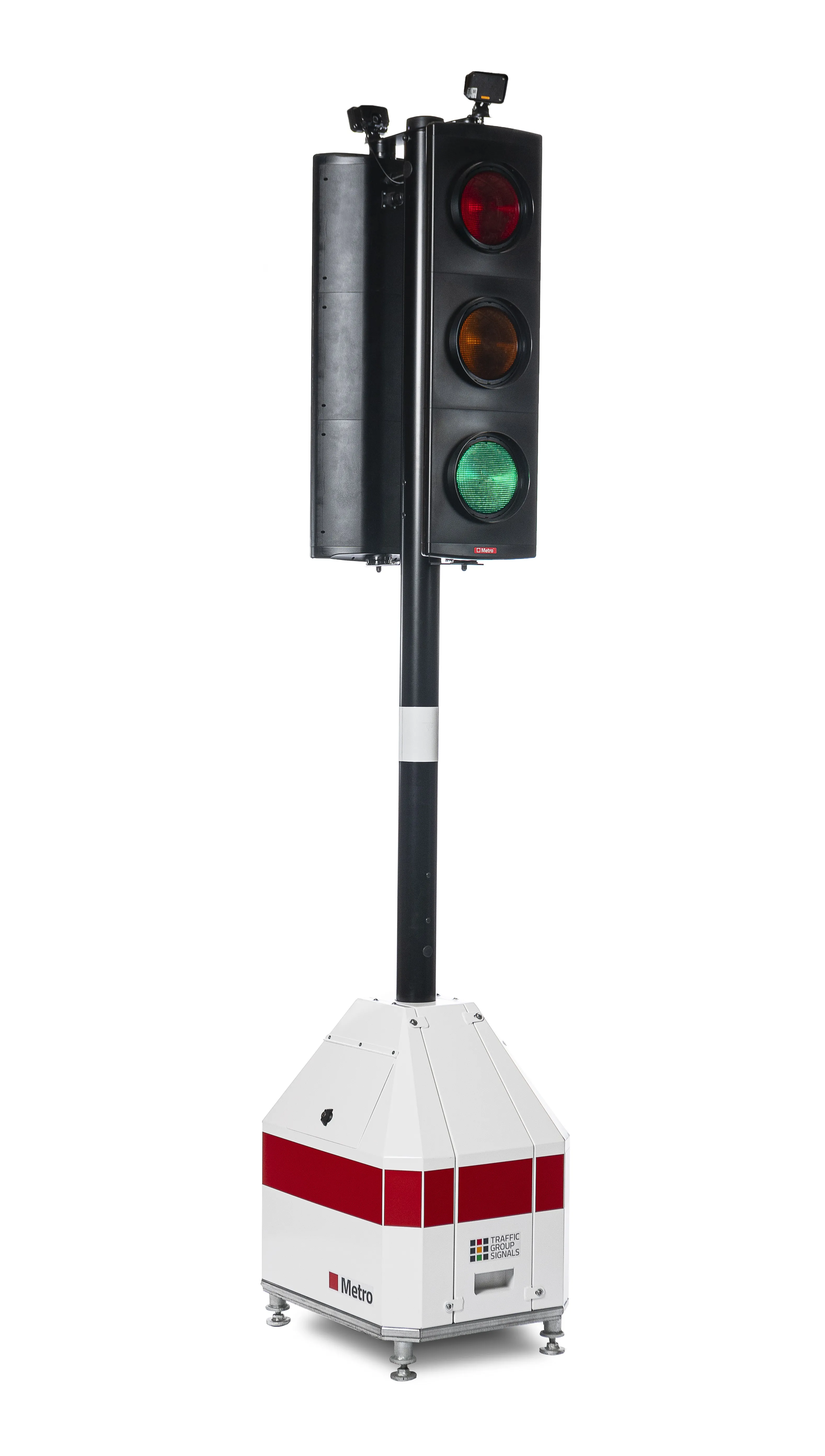Intelligent transport system (ITS) solutions provider, Mobile Visual Information Systems (MVIS), played a crucial role in the traffic management plan for the UK’s 2013 Royal Ascot 2013, helping to prevent congestion around the event. MVIS supplied Royal Ascot’s traffic management team with three trailer-mounted solar powered Solar 2012 CCTV cameras, enabling the team to monitor the number of vehicles approaching the event and to respond instantly to heavy traffic by activating a reroute plan. This meant th
July 11, 2013
Read time: 2 mins
Intelligent transport system (ITS) solutions provider, 6918 Mobile Visual Information Systems (MVIS), played a crucial role in the traffic management plan for the UK’s 2013 Royal Ascot 2013, helping to prevent congestion around the event.
MVIS supplied Royal Ascot’s traffic management team with three trailer-mounted solar powered Solar 2012 CCTV cameras, enabling the team to monitor the number of vehicles approaching the event and to respond instantly to heavy traffic by activating a reroute plan. This meant that tail-backs were minimised, and congestion on the highways approaching the racecourse was significantly reduced, maximising visitor satisfaction and minimising the impact on non-event traffic.
Incorporating the latest technology, MVIS’ Solar 2012 CCTV cameras deliver exceptional frame rates in poor signal areas, even when mobile networks are saturated. The cameras are mounted on MVIS’ Solar 2012 multi-use trailer platform, and are portable, easy to set up and operate. Solar powered, they do not require a third party power source, enhancing deployment flexibility, whilst delivering a tangible cost saving on expensive power provision.
MVIS supplied Royal Ascot’s traffic management team with three trailer-mounted solar powered Solar 2012 CCTV cameras, enabling the team to monitor the number of vehicles approaching the event and to respond instantly to heavy traffic by activating a reroute plan. This meant that tail-backs were minimised, and congestion on the highways approaching the racecourse was significantly reduced, maximising visitor satisfaction and minimising the impact on non-event traffic.
Incorporating the latest technology, MVIS’ Solar 2012 CCTV cameras deliver exceptional frame rates in poor signal areas, even when mobile networks are saturated. The cameras are mounted on MVIS’ Solar 2012 multi-use trailer platform, and are portable, easy to set up and operate. Solar powered, they do not require a third party power source, enhancing deployment flexibility, whilst delivering a tangible cost saving on expensive power provision.










